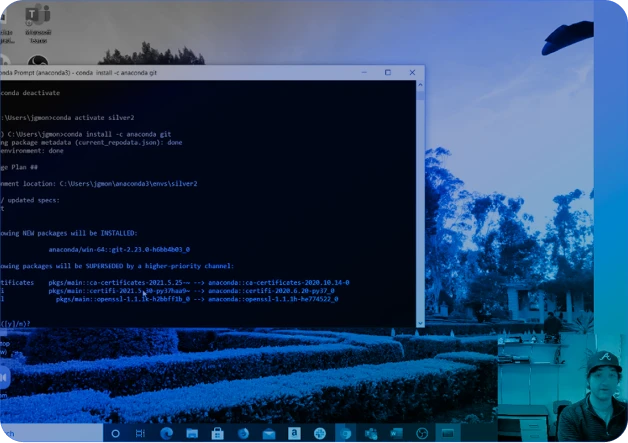Open Insights


Our mission is to provide a credible, transparent modeling platform that policymakers, researchers and civil society can use to inform climate change and energy transition policy development, advocacy, and discussion, and to serve the public discourse by providing timely objective analysis of policy announcements and political party platforms.
The first phase of our work—now underway— is the development of an innovative open-source collection of energy system and economic impact models, complemented by open data and accessible visualization tools. Once fully developed, the platform will include 8 open-source models (see below), and we hope to add more models over time.
This initiative will build upon the University of Victoria and EMH’s M3 platform, enhancing it with new models and data sources. The aim is to substantially boost the platform’s capabilities, in particular enabling deeper insights into energy systems, emissions, the economy, and employment at both national and regional levels.
The second phase of the project, beginning in 2025, will offer a service for efficiently, objectively, and transparently assessing the impacts of climate and energy transition policy announcements and political platforms.

Open Insights will be guided by a ‘for and by the community’ ethos, aiming to engage a wide network of contributors in the development and refinement of the project’s models. In addition to releasing all models open-source, Open Insights will be excited to collaborate with other researchers and analysts committed to robust and transparent modeling. If you are interested in collaboration, please reach out to Open Insights Project Director, Deven Azevedo.
Open Insights is a collaborative effort between the Sustainable Energy Systems Integration & Transitions Group at the University of Victoria, Energy Modelling Hub, and Macrocosm, each committed to the development of a more transparent and accessible Canadian modeling ecosystem. The project is supported by the Clean Prosperity Foundation and Northpine Foundation.








